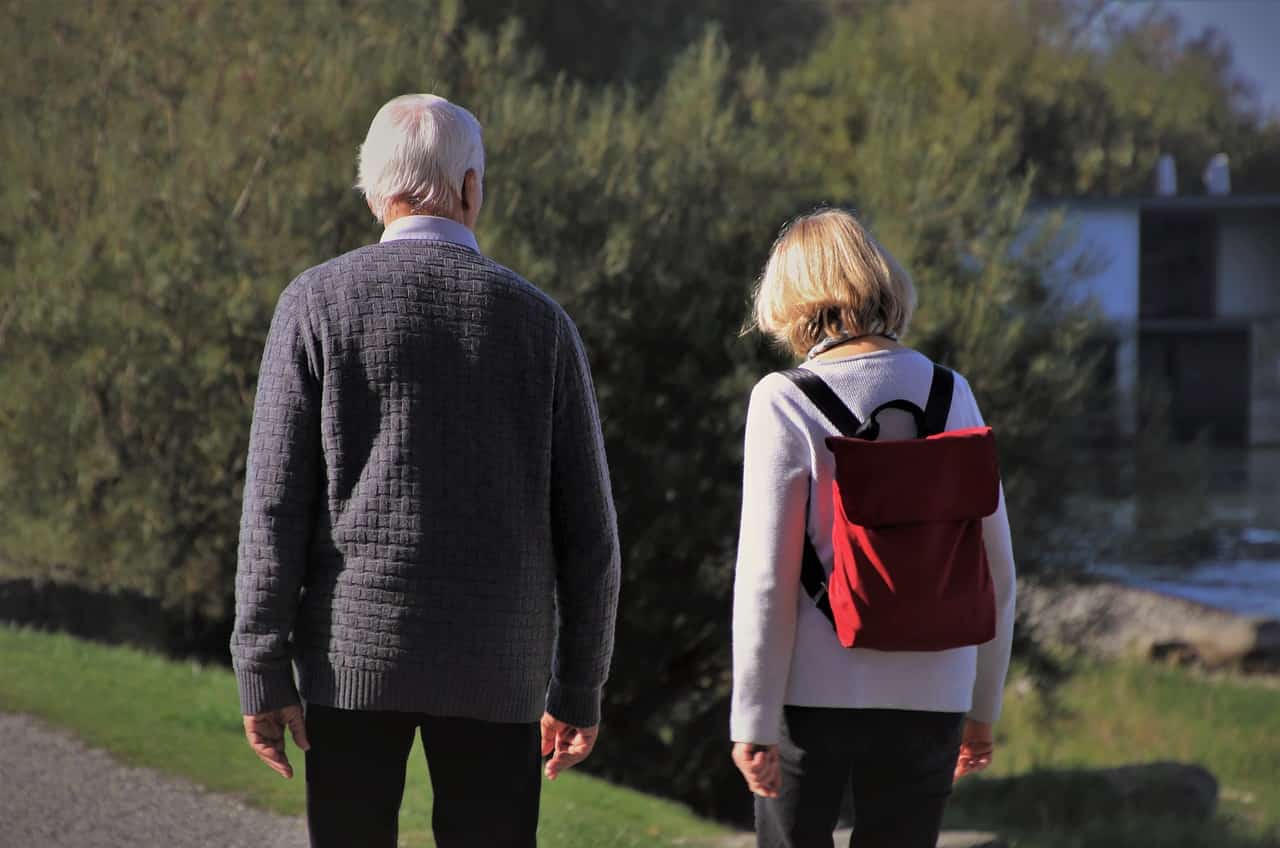
A new study intertwining nature with neuroscience has unveiled findings that could change the landscape of urban eldercare. The Washington State University researcher, published in Health & Place, affirms that parks, gardens, rivers, or lakes — also known as green and blue spaces — can be lifelines for the mental health of older adults.
The research, involving 42,980 seniors in urban Washington State, found that living near a city’s green and blue spaces can significantly reduce the risk of severe psychological distress.
“Our study showed that green spaces like parks, tree canopies, forest space, blue spaces, and length of trails are associated with better self-rated general health or reduced psychosocial distress,” first study author Adithya Vegaraju told ZME Science.
The research reveals that even a modest 10% increase in greenery or proximity to water bodies in one’s neighborhood correlates with substantial improvements in mental and general health. As cities expand and green spaces shrink, the study raises the alarm about urbanization’s unseen mental health costs.
The WSU research affirms what mental health professionals have been advocating for years.
“The study results were in line with findings from other countries,” Vegaraju said. “For example, South Korea, China, and Australia studies have shown a positive association between better self-rated general health or mental health with greater green space availability. The literature on the relationship between blue spaces and health is still evolving. A United Kingdom study showed that greater blue space availability was associated with lower antidepressant prescriptions among older adults.”
Nature Prescriptions: The new healthcare trend?
Moving beyond the traditional confines of mental health treatment, the study advocates for a breath of fresh air. Literally. It champions the concept of ‘nature prescriptions,’ where healthcare professionals recommend time outdoors as a therapy. This approach could be a game-changer, offering fresh, leafy air in elder mental health care instead of prescription drugs.
The study also spotlights an issue often hidden in the shade – the unequal access to these serene green and blue spaces among lower-income seniors. Addressing this gap could be a stride towards a healthier and fairer society.
Older people are especially vulnerable to mental health issues such as depression, which has been shown to increase the risk of cognitive decline and dementia. They are also less likely to receive treatment to manage their mental health conditions. If exposure to green or blue spaces could help prevent, delay or even treat poor mental health in older adults, Vegaraju said we need to look at that more closely as a way to improve mental health outcomes.
“We hope that this study, and others like it, give urban planners and developers a pause when they consider clearing out green spaces and reducing accessibility and exposure to blue spaces,” Vegaraju said. “We also hope that this study will trigger future studies that provide more clarity on the connection between the built and natural environments and health.”
Solmaz Amiri, WSU College of Medicine research assistant professor and researcher at the Institute for Research and Education to Advance Community Health, says this is a great beginning. However, more research is needed to know exactly how exposure to green and blue spaces may lead to better mental and general health.
“It is thought that exposure to green and blue spaces could help slow cognitive decline,” Amiri stated in a WSU press release. “What we would like to know is if green and blue space exposure can influence dementia directly or whether it can do so by reducing mental health issues that may lead to cognitive decline.”
Ultimately, she hopes nature will help resolve health inequities among older adults from lower socioeconomic backgrounds, which may be tied to unequal access to green and blue spaces in the urban areas where they live.

